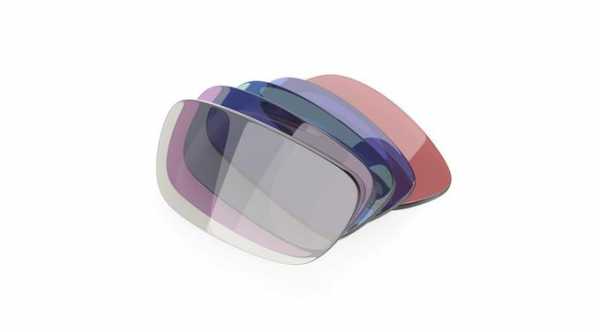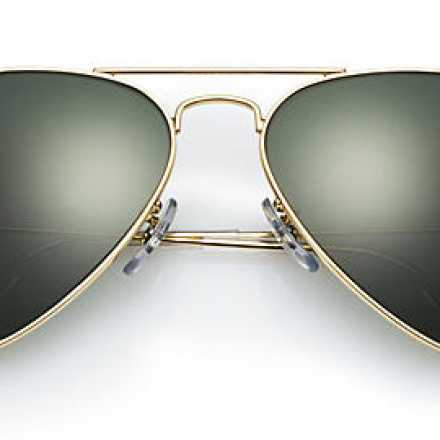
How To Choose The Best Lenses For Your Glasses
The optical market has so much to offer nowadays. From fancy frames to technology-infused lenses, it is so easy to forget what is essential. So much hype is everywhere! Go through the shops and you’ll be presented with a lot of marketing and features that sometimes are barely explained to you.
With all these options, how can you actually gauge which one is best for you? And why is choosing the right lens that important?
First things first!
Have a clear idea of what you need. Do you have to consider your work and lifestyle when buying your eyeglasses? Do you need it for a particular sport or activity? Do you have to buy it for someone who’ll likely toss it around like your kids perhaps? How much are you willing to spend for a pair of eyeglasses? Ask these questions and be guided accordingly.
Lens Materials
CR-39 – Inexpensive lightweight plastic lenses. This is commonly used for single-vision glasses prescription. Downside is they look thicker with higher power prescriptions.
Polycarbonate – Thinner, lighter, and more impact-resistant than CR-39. Polycarbonate was originally designed for safety glasses. It is the lens of choice for children and sports use.
Trivex – A plastic material similar to polycarbonate. It has a higher Abbe Value than polycarbonate, which can be simply explained as having less chromatic aberration.
High-index plastic – Thinnest lenses in the market. This is preferred for strong prescriptions.
Glass – Old-school lenses. They offer the best optics but they can easily break. Aside from safety concerns, glass lenses are also heavy and thicker.
Lens Treatments to consider
Anti-scratch coating – Compared to glass lenses, other materials are more prone to scratches. That is why most lenses nowadays already have built-in anti-scratch coatings. Check warranty options as needed.
Anti-reflective coating – This coating helps to eliminate reflection, glare, and halos around lights. This feature provides great help when driving at night.
Anti-fog coating – This coating absorbs moisture before the fog forms. They usually don’t last very long. Alternatively, there are products that can be used to reduce fogging.
Photochromatic coating – You might be more familiar with “transition lenses”. Though it is actually a brand name, it became widely adopted as a common term for photochromatic lenses aka light-adaptive lenses. Photochromatic lenses automatically darken when exposed to sunlight. It is activated in response to the sun’s UV rays.
Ultraviolet (UV) protection – prolonged exposure to ultraviolet radiation has been associated with a number of eye conditions. Most lenses have it built-in, but some may require additional coating.
Blue-light blocking coating – This is usually advised for people working on computers for long hours. Blue light is emitted by LED’s which are being used in computers, TVs, and mobile phones. Though the effect of blue light to the retina has not been fully established, it is believed that prolonged exposure to blue light can strain or damage the eye.
Once you get tested for eyeglasses, a prescription will be provided. This will be a perfect time to ask your doctor about the different lens materials and lens treatments that can be recommended for you.
An expert advice will be most valuable at this point. Do your own research too. After utmost consideration, you’ll have a better understanding of which lens will be best for your eyeglasses.








